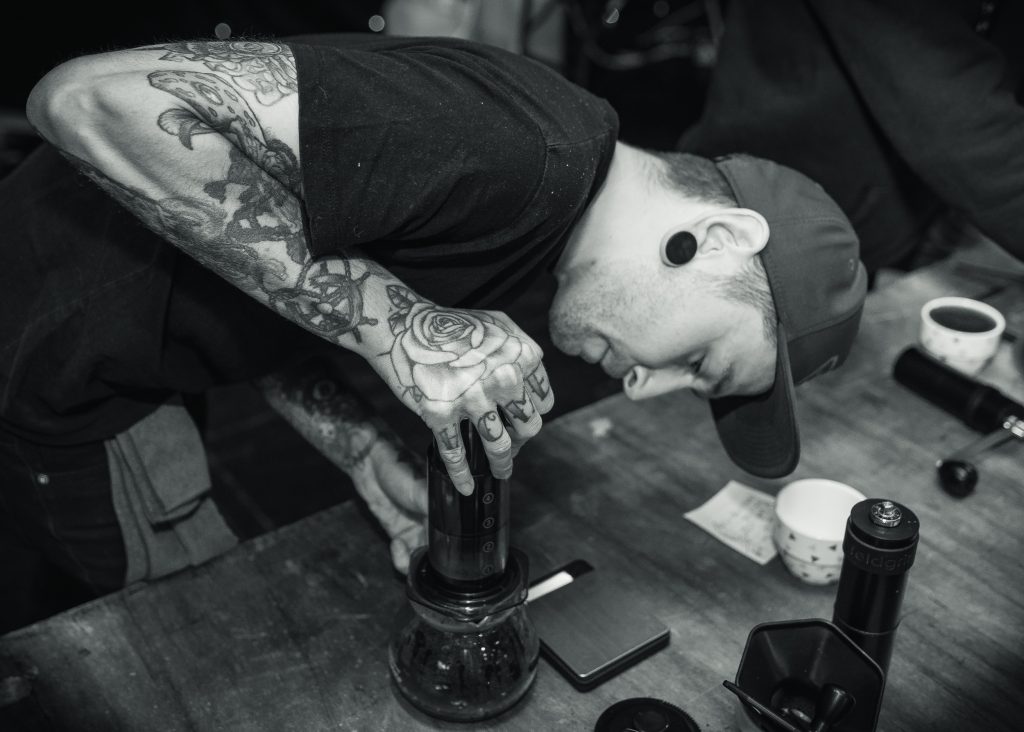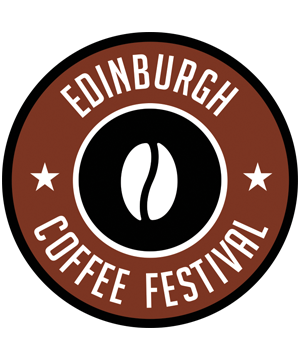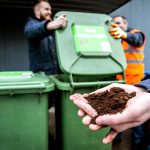
1. Buy good coffee and make sure it’s fresh
You can’t make good coffee unless you have good coffee. Buy from a good roaster with a good reputation that you trust. Ask your local barista if you’re not sure. Similarly, make sure it’s fresh. It doesn’t have to be right out of the roaster, but it should ideally have been roasted within the last month. Oh, and if it doesn’t have a roast date printed on the bag then it’s probably not fresh!
2. Grind it right before brewing using a burr grinder
Coffee stales quickly, so grinding your coffee at home right before you brew is a quick, easy and inexpensive way to drastically improve your coffee.
A cheap burr grinder is better than an expensive blade grinder. Blade grinders “chop” the coffee, leading to a very uneven grind with a wide range of particle sizes. Burr grinders give a much more even grind which produces much better results.
3. Use hot water
In testing, hotter water produced better coffee, so your water should be as hot as you can get it. Transferring water from a heating vessel to a pouring vessel can drop the temperature significantly so ideally water should be heated in whatever vessel you’re pouring from. This is especially true of lighter roasts.
4. Rinse your filter
Filters can sometimes impart a bit of a papery taste to your brew and rinsing them out with hot water can mitigate this. It also brings your entire brew setup up to temperature which helps the brewing process.
5. Make accurate measurements
The relationship between the amount of coffee and the amount of water you use is important. To measure these accurately, use a weighing scale that’s accurate to 0.1g. Weight is much more accurate than volume and scales are inexpensive and readily available.
6. Use 60g – 70g of coffee per litre of brewing water
Percolation methods (where water passes through a bed of coffee – think V60) will be closer to the 60g end of the spectrum. Immersion methods (where water and coffee are held together in a vessel – think french press) will be closer to 70g. If your brew tastes too strong, use less coffee. If it tastes too weak, use more.
7. Let your brew cool down a bit, and give it a stir before drinking
Humans are really bad at tasting hot things. Letting your brew cool for up to 10 minutes will make it easier. Similarly, a lot of coffee flavouring material can settle towards the bottom of the cup, so giving it a vigorous stir before drinking makes it easier to taste.
8. Change your grind to mitigate off-flavours
If your coffee tastes thin, hollow, salty, or unpleasantly acidic (known as under-extraction), grind a bit finer next time. If it tastes bitter, astringent, ashy, or dry (known as over-extraction), grind a bit coarser next time.
9. Keep your technique consistent
Lots of things affect how your coffee tastes, and ideally we want to remove as many of these variables as possible. That way, we can rely solely on grind size and brew ratio to alter how our coffee tastes.
10. Don’t miss the wood for the trees – enjoy your coffee
Nerd out to your heart’s content and make your brewing process as elaborate as you like, but make sure you take time to enjoy the fruits of your labour! Take a minute and be attentive to what you’re drinking. Think about flavours, mouthfeel, acidity, sweetness, aftertaste. How did that coffee make you feel? Make a note of what (if anything) you’d do differently next time and then go about your day. There’s always another brew to look forward to.


